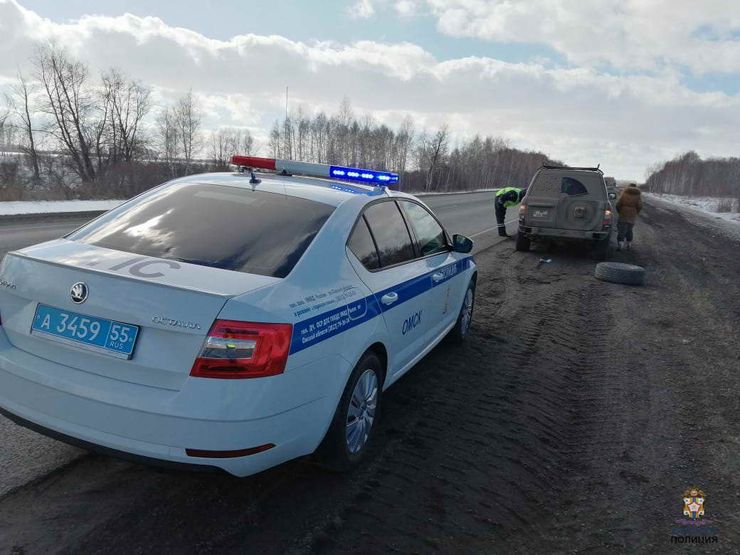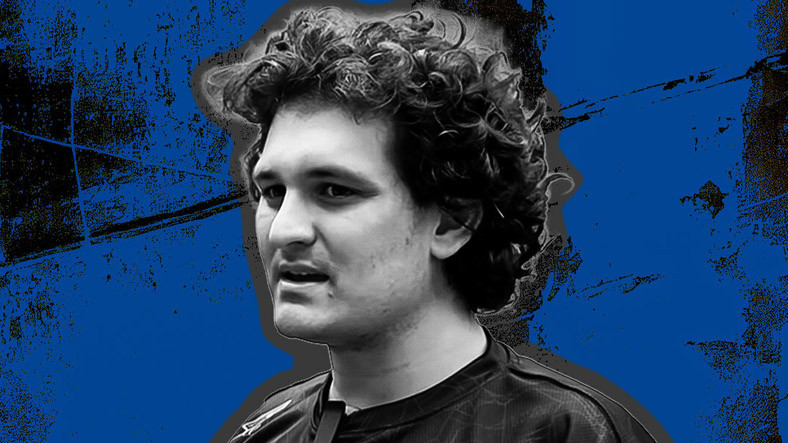The traffic rules clause, which lists the conditions under which overtaking is prohibited, has ruined the blood of many motorists. Partly because of the vagueness of the formulation. The Supreme Court of the Russian Federation eliminates one of them.
Article 11.2 of the Traffic Rules stipulates that: “the driver is prohibited from overtaking if the preceding vehicle overtakes or circumvents an obstacle…”. This phrase, as understood by most traffic police officers and courts, usually means one thing: until the vehicle in front has finished overtaking, the vehicle following it cannot enter the oncoming lane.
That is, the so-called overtaking by a locomotive, in which several cars simultaneously bypass a low-speed train, is prohibited. This interpretation of traffic rules results in the deprivation of “rights” and high fines for thousands of motorists. Driver Andrei Popov also fell under this punitive “broom”.
On July 26 last year around noon, on the 196th kilometer of the Voronezh-Tambov highway in the Tambov region, he set out in his Hyundai Creta “like a train” to overtake the slow-moving vehicle at the permitted place. This maneuver did not escape the watchful eye of the traffic police. As a result, the citizen received a protocol under Part 4 of Art. 12.15 “in violation of traffic regulations, enter a lane intended for oncoming traffic.” According to the law, the driver risks either deprivation of his “rights” for six months or a fine of 5,000 rubles. The case was heard at the place of registration of the motorist – at the magistrate of judicial district No. 3 of the Sarovsky judicial district of the Nizhny Novgorod region on November 22, 2022. Naturally, Popov was found guilty.
The higher courts unanimously supported the “magistrate”. And only a complaint to the Supreme Court put all the legal “points” into place. In its decision, the Supreme Court referred to paragraph 15 of the resolution of the Plenary Session of the Supreme Court of June 25, 2019 “On some issues arising in legal practice when dealing with cases of administrative offenses referred to in Chapter 12 of the Code of Administrative Affairs Violations.”
In accordance with this, the court ruled that according to the traffic rules “it is prohibited to overtake a vehicle in front. We’re talking about just one vehicle currently overtaking or driving around an obstacle; it is forbidden to overtake it.” That is, the Supreme Court has clearly explained that “overtaking a train” does not violate the rules of the road, as paragraph 11.2 of the Rules only prohibits overtaking an overtaking person, nothing more!
Based on these findings, the highest court overturned the magistrate’s decision regarding Andrei Popov and closed his administrative case. Now the Supreme Court’s position must be conveyed not only to all judges in the country, but also to local traffic police officers. More than four years have passed since the adoption of the resolution of the Supreme Court Plenum on this topic in 2019, and it seems that the Russian judiciary (as well as the traffic police) is living neither in a dream nor in the mind about It .
Article 11.2 of the Traffic Rules stipulates that: “the driver is prohibited from overtaking if the preceding vehicle overtakes or circumvents an obstacle…”. This phrase, as understood by most traffic police officers and courts, usually means one thing: until the vehicle in front has finished overtaking, the vehicle following it cannot enter the oncoming lane.
That is, the so-called overtaking by a locomotive, in which several cars simultaneously bypass a low-speed train, is prohibited. This interpretation of traffic rules results in the deprivation of “rights” and high fines for thousands of motorists. Driver Andrei Popov also fell under this punitive “broom”.
On July 26 last year around noon, on the 196th kilometer of the Voronezh-Tambov highway in the Tambov region, he set out in his Hyundai Creta “like a train” to overtake the slow-moving vehicle at the permitted place. This maneuver did not escape the watchful eye of the traffic police. As a result, the citizen received a protocol under Part 4 of Art. 12.15 “Driving in violation of the traffic rules in a lane intended for oncoming traffic.” According to the report, the driver risks either deprivation of his “rights” for six months or a fine of 5,000 rubles. The case was heard at the place of registration of the motorist – at the magistrate of judicial district No. 3 of the Sarovsky judicial district of the Nizhny Novgorod region on November 22, 2022. Naturally, Popov was found guilty.
The higher courts unanimously supported the “magistrate”. And only a complaint to the Supreme Court put all the legal “points” into place. In its ruling, the Supreme Court referred to paragraph 15 of the resolution of the Plenary Session of the Supreme Court of June 25, 2019 “On some issues arising in legal practice when dealing with cases of administrative offenses referred to in Chapter 12 of the Code of Administrative Affairs Violations.”
In accordance with this, the court ruled that according to the traffic rules “it is prohibited to overtake a vehicle in front. We’re talking about just one vehicle currently overtaking or driving around an obstacle; it is forbidden to overtake it.” That is, the Supreme Court has clearly explained that “overtaking a train” does not violate the rules of the road, as paragraph 11.2 of the Rules only prohibits overtaking an overtaking person, nothing more!
Based on these findings, the highest court overturned the magistrate’s decision regarding Andrei Popov and closed his administrative case. Now the Supreme Court’s position must be conveyed not only to all judges in the country, but also to local traffic police officers. More than four years have passed since the adoption of the resolution of the Supreme Court Plenum on this topic in 2019, and it seems that the Russian judiciary (as well as the traffic police) is living neither in a dream nor in the mind about It .
Source: Avto Vzglyad
Donald Salinas is an experienced automobile journalist and writer for Div Bracket. He brings his readers the latest news and developments from the world of automobiles, offering a unique and knowledgeable perspective on the latest trends and innovations in the automotive industry.














